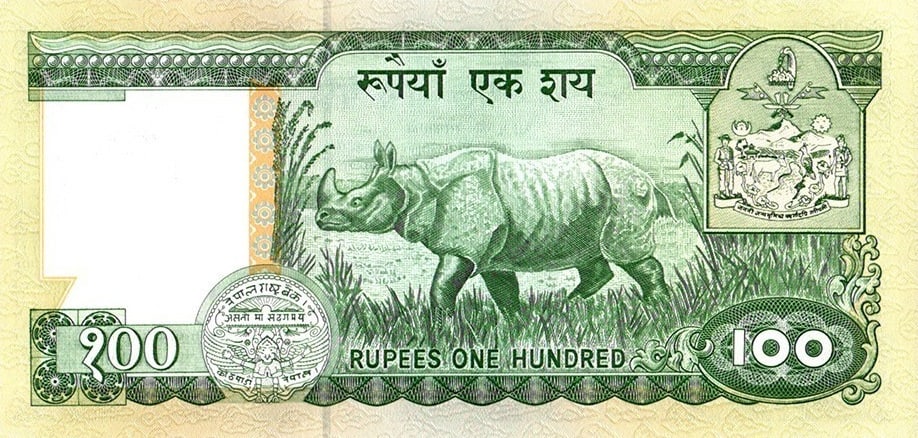A symbolic creature of the Indian subcontinent that finds its home amidst the dense, towering grasslands of swampy regions. Characterized by a robust, grey-brown hide that is distinctly segmented, this hide resembles a suit of body armor. This unique adaptation is not merely for show; the pinkish folds of skin beneath this armor-like hide serve a critical function, allowing the hide the flexibility needed to shift and move as the rhinoceros navigates its environment. One of the most striking features of the Indian rhinoceros is its single horn, positioned prominently above its snout. This horn is composed of keratin, the same material found in human hair and nails, showcasing nature’s versatility. Generally, the horn grows to about 25 cm (10 inches) in length, though the longest horn ever recorded stretches to an impressive 36 cm (14 inches).
Historically, the Indian rhinoceros roamed across the entirety of northern India, a testament to its once vast range and the diverse habitats it occupied. However, by the advent of the 20th century, this majestic species faced the grim reality of near extinction. A combination of factors contributed to their drastic decline, including hunting for sport, a practice that saw these animals killed for the mere thrill of the hunt, and their designation as agricultural pests, which made them targets for elimination by those seeking to protect their crops. The turn of the century marked a dark period for the Indian rhinoceros, with their numbers dwindling to a precarious low of approximately 200 individuals.
Despite this bleak chapter, the story of the Indian rhinoceros is one of resilience and recovery. Through rigorous conservation efforts, strict management, and the establishment of protected areas, the population of the Indian rhinoceros has experienced a remarkable revival. This turnaround story highlights the impact of dedicated conservation strategies and the importance of protecting natural habitats to ensure the survival of species on the brink.
Distribution
 Bangladesh
Bangladesh Official estimate
Official estimate
 Bhutan
Bhutan Official estimate
Official estimate
 India
India Official estimate
Official estimate
 Nepal
Nepal Official estimate
Official estimate
 Pakistan
Pakistan Official estimate
Official estimate
Recent updates
Feb 2023: The Kaziranga National Park in Assam, one of the few regions that harbor rhinoceroses, saw zero poaching incidents in 2022. To achieve this, the state government approached international organizations like World Wildlife Fund for Nature (WWF) and International Rhino Foundation (IRF) to prevent such cases and increase population through translocation in Assam.
Did you know?
- Their natural predators are only the tigers.
- Despite the armour plate, their skin is tender and bleed easily.
Anything we've missed?
Help us improve this page by suggesting edits. Glory never dies!
Suggest an editGet to know me
Terrestrial / Aquatic
Altricial / Precocial
Polygamous / Monogamous
Dimorphic (size) / Monomorphic
Active: Diurnal / Nocturnal
Social behavior: Solitary / Pack / Herd
Diet: Carnivore / Herbivore / Omnivore / Piscivorous / Insectivore
Migratory: Yes / No
Domesticated: Yes / No
Dangerous: Yes / No
Indian rhino on banknotes







